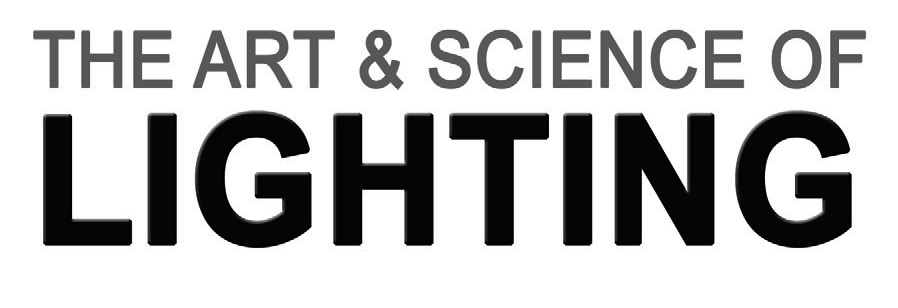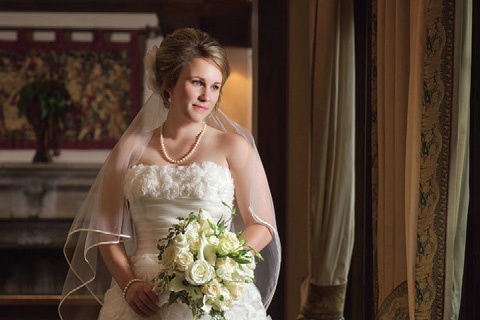
“Size Matters”
by Cris Duncan
Photography – (definition) the art or process of producing images by the action of radiant energy and especially light on a sensitive surface. Merriam-Webster Dictionary.
Photography is indeed an art – A subjective interpretation of the people, places and things that we encounter on a daily basis. Photography is also a science, objectively governed by physics. What makes photography so special compared to other mediums is the science of light. Painters can create any fantasy they desire with their brush, but photographers must create a fantasy within the bounds of nature, physics and the laws of light. Light is ruled by nature and can only do what it is limited to do. While it can be manipulated, the physics and natural state of light is what we must all understand to excel in this craft.
There are a few laws that we will examine in this and subsequent articles. First, we travel back in time to science class and recall what exactly is a law?
Law – (definition) a statement of fact, deduced from observation, to the effect that a particular natural or scientific phenomenon always occurs if certain conditions are present.
What does this do with photography? Light is a natural phenomenon, and according to the previous definition, the same effect will always be present under certain conditions. So, as photographers, if we can learn what these conditions and effects are, we can create any type of lighting we want, when we want. While we can debate over the use of these effects as a subjective use of creativity, we can all agree that light will do the same thing every time, all the time.
The first Law of Lighting we will discuss, and in my opinion, the most critical, is the Law pertaining to the size of the light source relative to its distance from the subject. What this law tell us is as follows. The larger the light source, and the closer it is to our subjects, the light quality becomes softer resulting in soft edge shadows and diminished specularity. At first this may sound confusing or possibly opposite to our thinking. If something is bigger and closer, the light is softer, not harder? Yes! Always! It was confusing to me at first because I was in the mindset of light quantity, the brightness of the light, not thinking about light quality, the contrast value of the light.
In the middle image, the distance relationship has not changed, but a 4×6 soft-box has been placed on the studio strobe. You can observe that the highlight is diminished and the shadow is a little softer but not much. Yes, the larger source did what it claimed to do. However, it is important to remember that that not only is the size of source important, the distance relationship from the source to the subject is critical as well in the right hand image, the light source was placed just inches away from the balloon with the same 4×6 soft-box. You can see that the shadow edge is nearly nonexistent and the highlight now covers the surface of the balloon with minimal specularity.
So, is a large source, close to the subject preferred? Depends. What is the desired effect and look you want in your photograph? The purpose of this article in not to persuade one to shoot with any particular style but rather to empower you with the science behind the art so you can then create any type of look you wish. The science, or objective side of photography cannot be argued. It is the subjective, or artistic side of this craft where individuality takes place. Let us look at a couple of real life examples and determine what size of source we would need.
Contrast that to an elderly woman, or a kid with acne. Texture is not what they usually want to see in their portrait, so you would choose a larger source to minimize the shadows and specularity on their face. A family group (figure 3) will require a larger source to prevent shadows from one member falling upon the others and to maintain an even contrast ratio throughout the portrait.
No matter what type of light source you use you can count upon this law of nature to be present in your image making. The science is there, but it is up to you to decide how best to use it… soft, hard, in between. All three have their place and need in photography, but know you have the power to determine when that occurs.
Large Light Source – A cloudy day, a translucent diffuser between the source and the subject, open shade with north facing subjects (Northern Light), A north facing window, A large soft-box 3×4 or greater.
